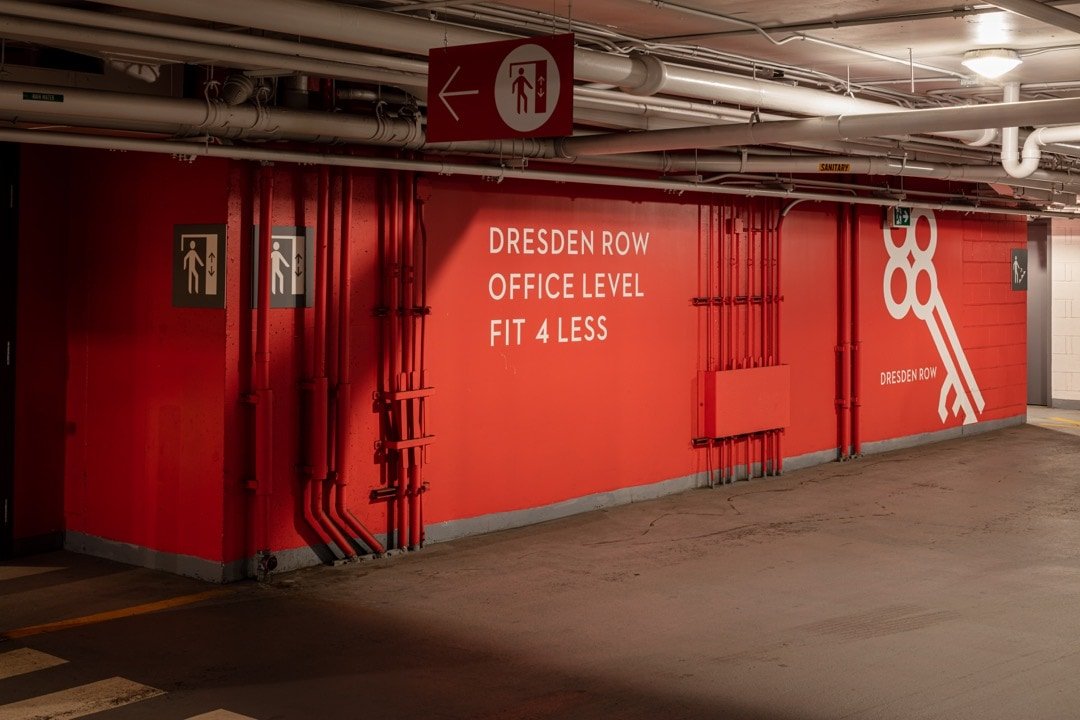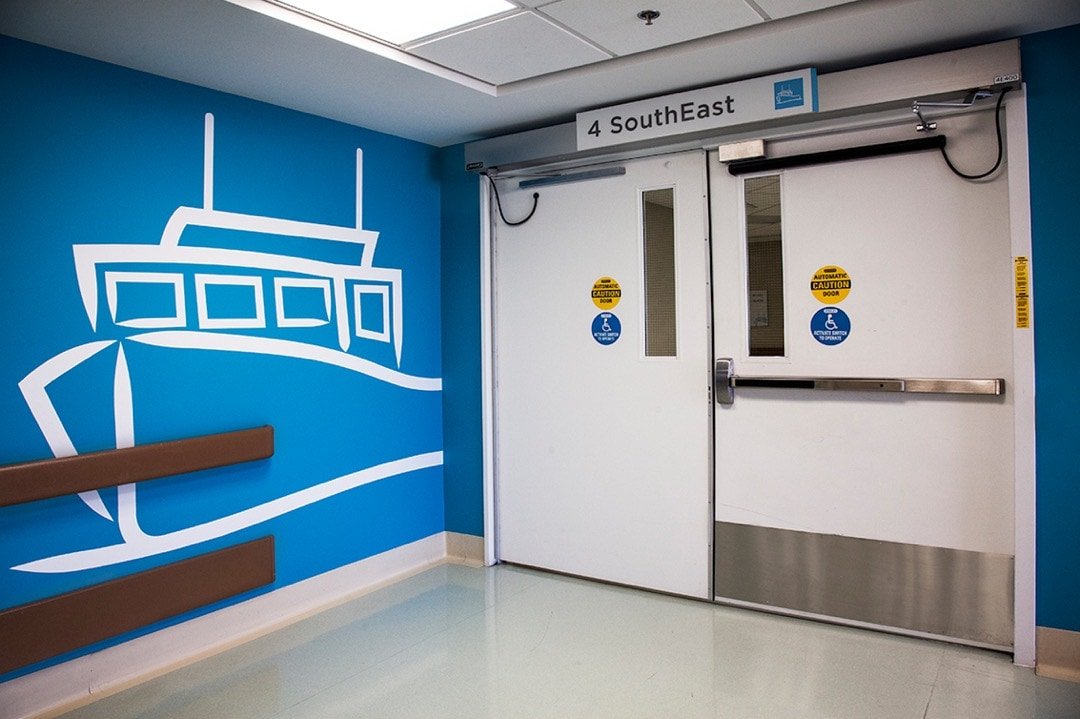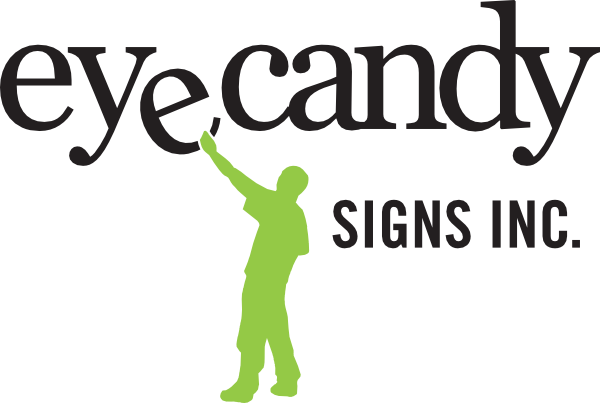The intersection of design
and architecture
Wayfinding is a system that moves people through a built environment and refers to the way we orient ourselves and solves location-based challenges.

Wayfinding is…
Wayfinding sits at the intersection of design and architecture and is informed by evidence-based data and universal design principles. Understanding cognitive psychology is essential to creating wayfinding that is effective and efficient for all.
Because experiences and information are held in our sensory and short-term memories for a limited time, it’s critical that wayfinding systems are designed with intention and draw from a variety of tools that specifically support spatial orientation and cognitive mapping strategies.
Why is Wayfinding
Important?
The costs associated with ineffective wayfinding are often hidden. Evidence-based design (EBD) uses scientific research to the study effects of the built environment on organizational outcomes and expectations.
Because of this research, we know that effective wayfinding promotes efficiency, improves safety, reduces costs and decreases stress. All of these factors contribute to an organization's healthier bottom line.


Poor Wayfinding
is Costly
A co-ordinated wayfinding system reduces stress, eases visitor frustration, and improves overall satisfaction for both visitors and staff. Research indicates that design principles used in wayfinding alleviate stress such as: nomenclature, density, placement and visibility.
Staff taking time from their duties to give directions, or escort a visitor to their destination, amounts to a significant loss of productivity. An academic study in 1990 at a US hospital estimated the cost of wayfinding inefficiencies to be $220,000USD per year.
Zimring 1990 Wayfinding is Accessible
An accessible wayfinding system relays navigational information through explicit signage with universally recognized pictograms, simple content, tactile text, and braille lettering as well as through architectural features such as floor finishes, memorable landmarks and experiential graphics. An accessible wayfinding system strives to be of service to all users regardless of differences in age, ability, language, and culture by presenting information in a way that transcends barriers.
Our team is made up of Rick Hansen Foundation Accessibility Certified professionals, ensuring that accessibility and universal design principles are at the heart of wayfinding, rather than a design add-on. We are constantly refining our fabrication practices and can create accessible signage through a variety of methods including 2.5 D print, photopolymer and encapsulated braille.

Our wayfinding solutions can be found in:
Hospitals
Universities
Long Term Care
Mixed Use Developments
Recreation Centres
Libraries and Museums
Cities and Trails
We are leaders in evidence-based design, accessibility standards and custom manufacturing. We have refined our practices and are ready to help your team with a broad spectrum of services.
Planning
• Design-build compliance
• P3 sub-consultants
• Site assessment
• RHFAC assessment
• Signage audit
• Location plans
• Wayfinding masterplan
• Project budgeting
Design
• Accessibile design
• Signage design
• Experiential graphics
• Wayfinding program
• Signage standards
• Technical specifications
• Product samples
• Construction documents
• Bidding and tender support
Fabrication
• Custom manufacturing
• Installation
• COR safety
• Fall arrest and safety
across Canada
• Maintenance planning
• Project management
Advancing Communication through Signage and Wayfinding
See below to view the accessibility report eyecandy completed in partnership with PEACH (Planning for Equity, Accessibility, and Community Health)
